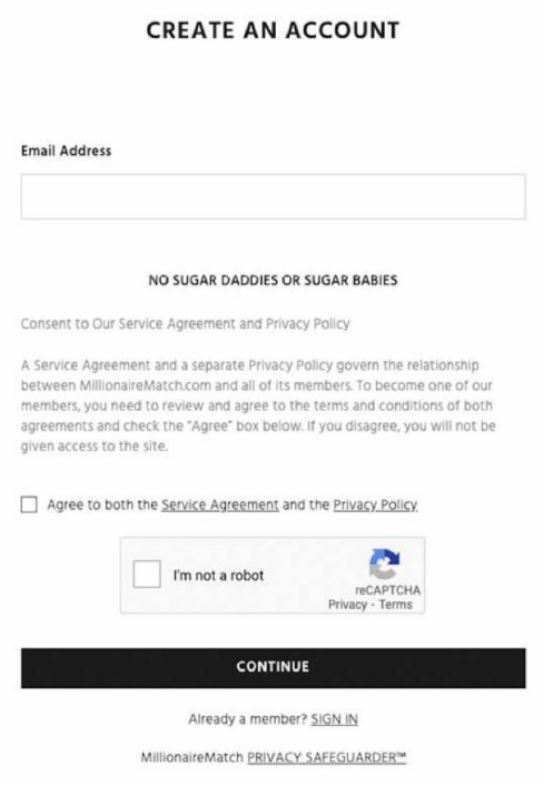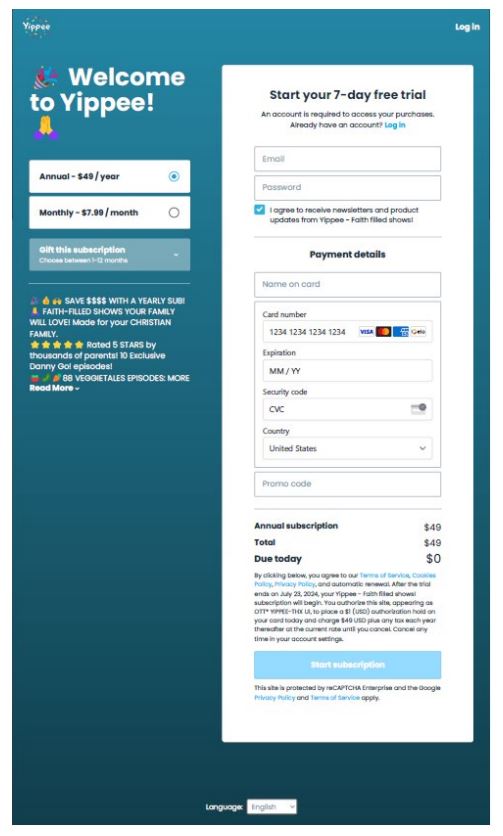The Ninth Circuit’s Flood of TOS Formation Cases
Earlier this year, the Ninth Circuit issued companion rulings in Chabolla and Godun that scrambled Ninth Circuit TOS formation law. You can see where I think things now stand in the (free!) Online Contracts chapter from my Internet Law casebook.
Unsurprisingly, jurisprudential chaos has followed in the wake of Chabolla and Godun. As Judge Bybee predicted in his Chabolla dissent:
we will examine all internet contracts with the strictest scrutiny and that minor differences between websites will yield opposite results….That sows great uncertainty in this area….
a website will have to guess whether any nuance at all in its sign-in wrap will be held against it
As evidence supporting Judge Bybee’s prediction, the Ninth Circuit has issued three memo opinions about TOS formation in just the past 10 days. It’s a flood of cases in the Ninth Circuit that seems likely to grow before it abates.
1) Massel v. SuccessfulMatch, No. 24-1870 (9th Cir. Aug. 26, 2025)
This is a BIPA case. The defendant sought arbitration per its TOS. Here is the TOS formation screen:
(Is the “No Sugar Daddies or Sugar Babies” declaration part of the contract terms? LOL. I tested on sugar daddies and sugar babies in 2018).
The district court said no TOS formation because the website didn’t use a scrollwrap implementation. The Ninth Circuit reverses:
we conclude that Millionaire Match provided reasonably conspicuous notice of its Service Agreement. Although the hyperlinks to the Service Agreement and Privacy Policy were not in “a contrasting font color” and did not use “all capital letters,” the webpage specified that the user “need[ed] to review and agree to the terms and conditions of both agreements and check the ‘Agree’ box,” and, if the user declined, the user would “not be given access to the site.” “That the links [to the Service Agreement and Privacy Policy were] not blue . . . or capitalized does not undercut” a conclusion that Millionaire Match provided “reasonably conspicuous notice” by using uncluttered visuals, with only a single, unrelated phrase in bold, to tether account creation and use of the website to the user’s review of, and consent to, the Service Agreement. The account creation screen was not “crowded” with extraneous visuals, and the requirements to review and agree to the Service Agreement were in “the natural flow of [the user’s] actions.”…
Massel was provided reasonably conspicuous notice of the Service Agreement, to which he assented by checking the box required for account creation and continued use of the website.
Two-click TOS formation processes, people. Otherwise, you take your chances.
(It was crazy the district court rejected the TOS despite the two-click formation process. If you are still relying on “sign-in-wraps,” this judicial skepticism is what you’re up against).
2) Plata v. Lands’ End, Inc., No. 25-328 (9th Cir. Aug. 20, 2025).
The district court says that Lands’ End’s call-to-action link to its TOS was broken. A broken TOS link negates TOS formation:
We need not decide whether a broken link implicates conspicuousness or explicit advisement, or both. In light of the district court’s finding that the link was inoperable, under California law, no mutual assent occurred, and the parties did not form a contract
3) Morrison v. Yippee Entertainment, Inc., No. 24-7235 (9th Cir. Aug. 18, 2025). Prior blog post.
This is a VPPA case. The district court held that the TOS formation failed. The Ninth Circuit reverses and instead upholds the TOS formation:
the hyperlink appeared in bright blue font against a clean white background that stood out from the surrounding text to indicate it was clickable. The hyperlink was also located directly above the “Start subscription” button—precisely where a user would expect it within the natural visual path of completing the subscription process—and alongside the statement that, “[b]y clicking below, you agree to our Terms of Service.” The format of Yippee’s webpage was also not so visually cluttered that it distracted from the hyperlink, and the presence of other hyperlinks or placement within a multi-line paragraph did not negate its conspicuousness. Because we “can fairly assume that a reasonably prudent Internet user would have seen [the hyperlink]” based on these features, there was reasonable notice.
Also, Yippee’s subscription model–an ongoing relationship–increased the odds that consumers expected a TOS.
All of this may sound reasonable, but take another look at the TOS formation screen at issue:
Now, go back and compare the TOS formation screens that failed in Chabolla and Godun. (Go ahead, I’ll wait). I welcome your explanations of why this screen succeeded and the Chabolla/Godun screens failed. Sure, you can find differences, but sheesh. Instead, it felt like this Ninth Circuit panel just disagreed with the application of the Chabolla/Godun legal standards to the facts in front of it. Chaos (as Judge Bybee warned). If you want predictability to your TOS formation process, use two clicks.


